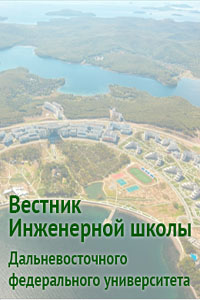Improving the design of truss systems of reconstructed historical buildings
DOI:
https://doi.org/10.24866/2227-6858/2023-4/112-120Keywords:
reconstruction, historical building, rafter system, glued laminated timber, unidirectional veneer, wo-oden truss, laboratory tests, diagram, deflection, stress, connection of wooden parts, dowel, overlay, knot strengthAbstract
The structural part of the rafter systems of historical buildings at the time of their construction was a log or beam cut from a log. In modern renovations of historic buildings, the pine planks from which the rafters are assembled are often taken into account for the construction of new rafter systems. When reconstructing historical buildings, it is proposed to replace wooden rafter middle logs and solid timber with laminated veneer lumber, which is commonly called LVL timber. To do this, a model of a flat truss was built from LVL timber and then tested in the laboratory. Our research was based on structural mechanics and wood science. During the study, analytical, experimental and statistical methods for processing test results were used. The purpose of the experiments is to study the effect of buckling of truss elements from its plane on the operation of the entire structure, as well as to study the influence of the type of connection on the load-bearing capacity of truss nodes. As a result, new values of the compliance coefficient of nodes and connections of elements made of LVL timber were obtained, which make it possible to quickly determine the required sections of elements of load-bearing rods in flat trusses. Trusses, factory-made from LVL timber, were used in practice in the construction of the rafter system of the reconstructed historical building of the Military Medical Academy in St. Petersburg.
Downloads
Published
Issue
Section
License
Copyright (c) 2023 Far Eastern Federal Univercity: School of Engineering Bulletin

This work is licensed under a Creative Commons Attribution 4.0 International License.

